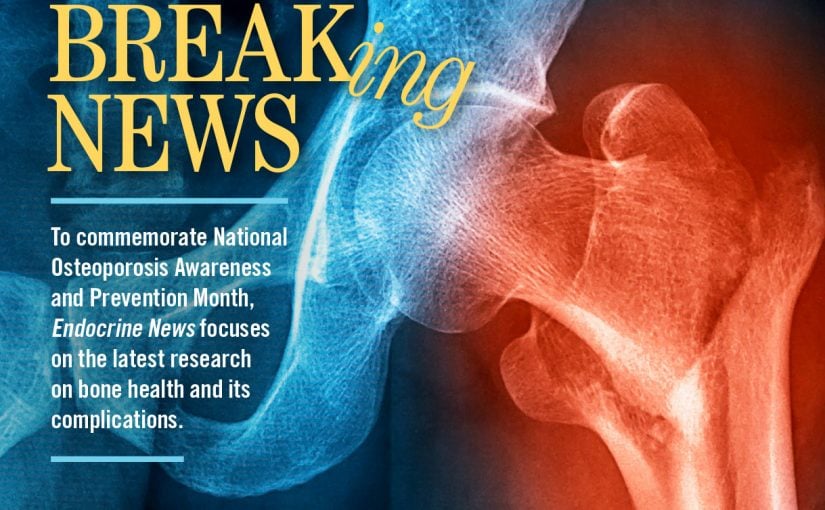The most common hormone disorder affecting women of reproductive age — polycystic ovary syndrome (PCOS) — cost an estimated $8 billion to diagnose and treat nationwide in 2020, according to a new economic analysis published in the Endocrine Society’s Journal of Clinical Endocrinology & Metabolism.
PCOS is a common disorder characterized by irregular menstrual periods, disruption of normal metabolism, and elevated testosterone levels. PCOS affects between 5% and 20% of all women of reproductive age, depending on the diagnostic criteria used. PCOS is a leading cause of infertility. The disease is also associated with obesity, diabetes, and cardiovascular disease, which are often life-long conditions.
“Although PCOS affects at least one in seven women and leads to over $8 billion in healthcare costs annually in the United States alone, it is frequently misunderstood or overlooked by clinicians and policy makers,” says the paper’s first author, Carrie Riestenberg, MD, of the University of California, Los Angeles, in Los Angeles, Calif. “With a better understanding of how to diagnose and treat this common condition effectively, we may be able to reduce the economic burden as well as the impact on women’s quality of life.”
The meta-analysis includes new estimates of the direct costs of treating long-term metabolic health conditions related to PCOS — including diabetes and stroke — as well as pregnancy-related costs. The economic burden of this care is an estimated $4.3 billion a year as of 2020.
The researchers reviewed 29 published studies and medical treatment cost data to calculate PCOS’ estimated cost burden. The analysis expands upon an earlier study, which found that diagnosing and treating common reproductive complications related to PCOS cost an estimated $3.7 billion annually as of 2020.
Researchers found the most expensive aspects of PCOS care were the treatment of long-term metabolic health conditions, including stroke and type 2 diabetes, and reproductive health problems such as infertility, abnormal uterine bleeding, menstrual dysfunction, and hirsutism, which is the growth of thick, dark hair on areas where men typically grow hair. Pregnancy complications such as gestational diabetes, gestational hypertension and preeclampsia made up about 5% of the estimated costs. The initial diagnostic process was less than 2% of the total cost burden.
“Our results suggest that diagnosing PCOS sooner could help reduce the complications women experience and lower the overall cost of providing care,” Riestenberg says. “Increased public awareness of the condition could help improve the quality of care.”
The analysis did not include increased risks of endometrial, breast, and ovarian cancer and mental health disorders that women with PCOS face. Researchers excluded these conditions due to limited availability of data.
Other authors of the study include: Anika Jagasia, BS, of The Wharton School at the University of Pennsylvania in Philadelphia, Penn.; Daniela Markovic and Richard P. Buyalos of UCLA in Los Angeles; and Ricardo Azziz, MD, MPH, of UCLA, the University at Albany, SUNY, in Albany, NY, and the University of Alabama at Birmingham in Birmingham, Ala.
The manuscript, “Health Care-Related Economic Burden of Polycystic Ovary Syndrome in the United States: Pregnancy-Related and Long-Term Health Consequences,” was published online, ahead of print.

